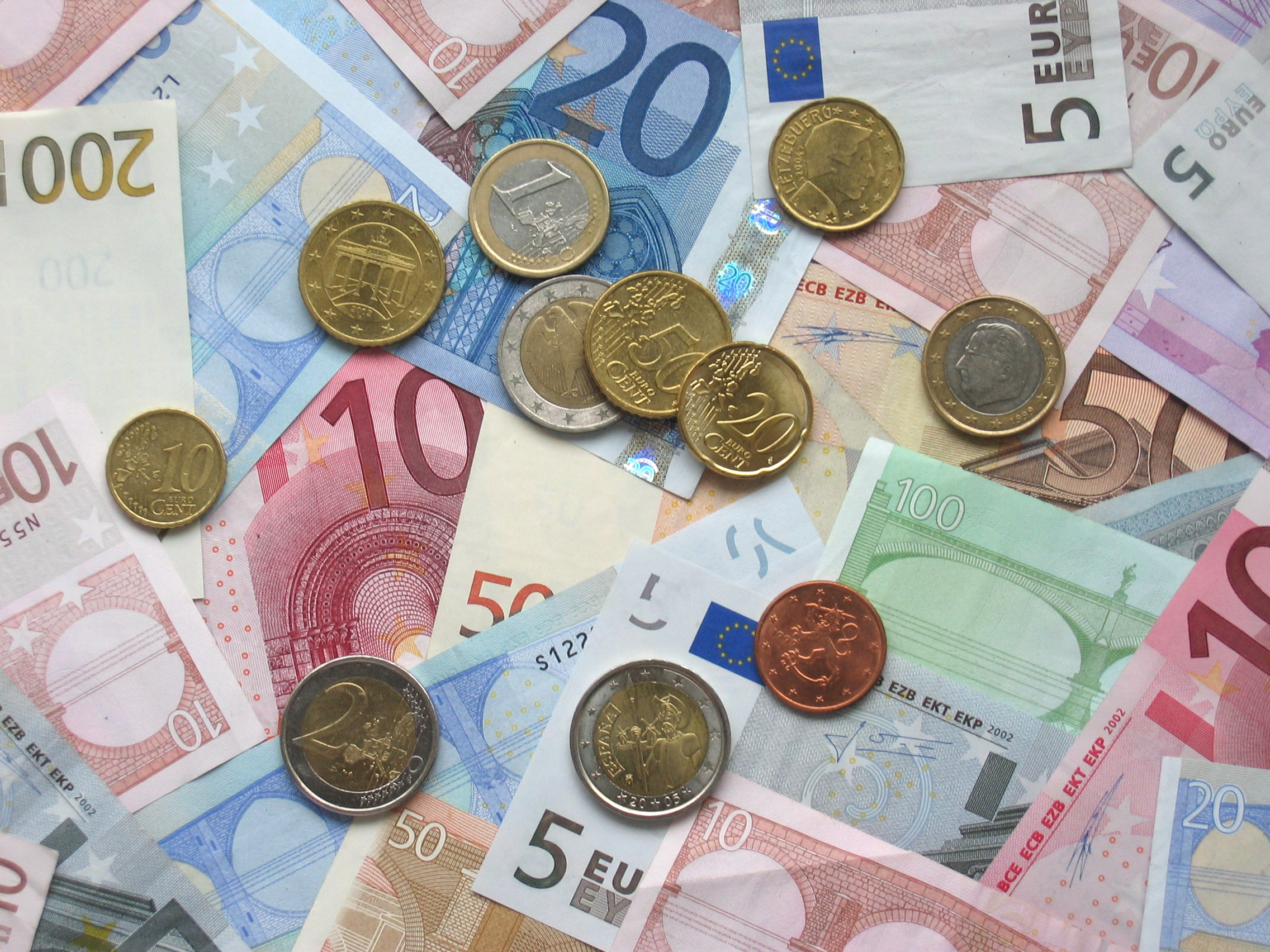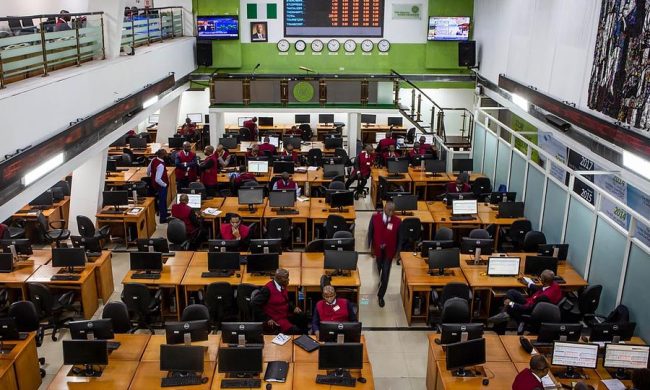The European Single Currency, euro, on Thursday, May 3, rose off four-month lows, shrugging off data showing an unexpected slowdown in euro zone inflation, while elsewhere most currencies recovered some ground versus the dollar as the greenback’s recent rally paused.
The euro stood at $1.1964, up 0.1 per cent from late US trade on Wednesday. The common currency had set a low of $1.1938 on Wednesday, its weakest level since Jan. 11.
The euro slipped slightly after the inflation numbers but recovered and rose 0.3 percent to $1.9986. It also firmed against sterling and the yen.
Euro zone inflation slowed to 1.2 percent year-on-year in April, down from 1.3 percent in March, and core inflation fell even more, raising questions about the European Central Bank’s plan for withdrawing its monetary stimulus.
The dollar has erased all its 2018 losses in the past fortnight. It surged on expectations the United States would raise rates faster than had been forecast the rapid unwinding of positions by investors short the dollar.
Comments from the Fed were “possibly disappointing for dollar bulls”, but the main reason for the euro’s resilience on Thursday was profit-taking after the dollar’s rapid move higher, said Jane Foley, currencies strategist at Rabobank.
Foley said buyers of euros remained at risk of weaker euro zone economic data.
“We are no longer seeing better-than-expected data. The market is still a bit too long euros and remains vulnerable,” she said.
The Fed left its benchmark overnight lending rate in a target range of between 1.50 percent and 1.75 percent as expected on Wednesday.
Analysts interpreted its comments on inflation as a signal it may allow prices rises beyond its target, a stance that would limit the need for it to embark on a more aggressive path of tightening.
Elsewhere, Norway’s central bank kept rates on hold on Thursday and reiterated that a rise was likely after the summer. Analysts said that the consistency in the Norges bank’s position was more hawkish than other central banks.
The crown rose 0.6 percent versus the euro to 9.6470, more than 1 percent versus the dollar and 0.1 percent versus the Swedish crown.
Commodity-linked currencies like the Canadian and Australian dollars recovered some recent lost ground. The loonie rose half a percent to C$1.2823, Reuters reports.
The Aussie increased 0.6 percent to $0.7539 cents after data showed a better-than-expected jump in the country’s trade surplus for March. The currency had dropped to $0.7473 this week, its lowest since mid-2017.













